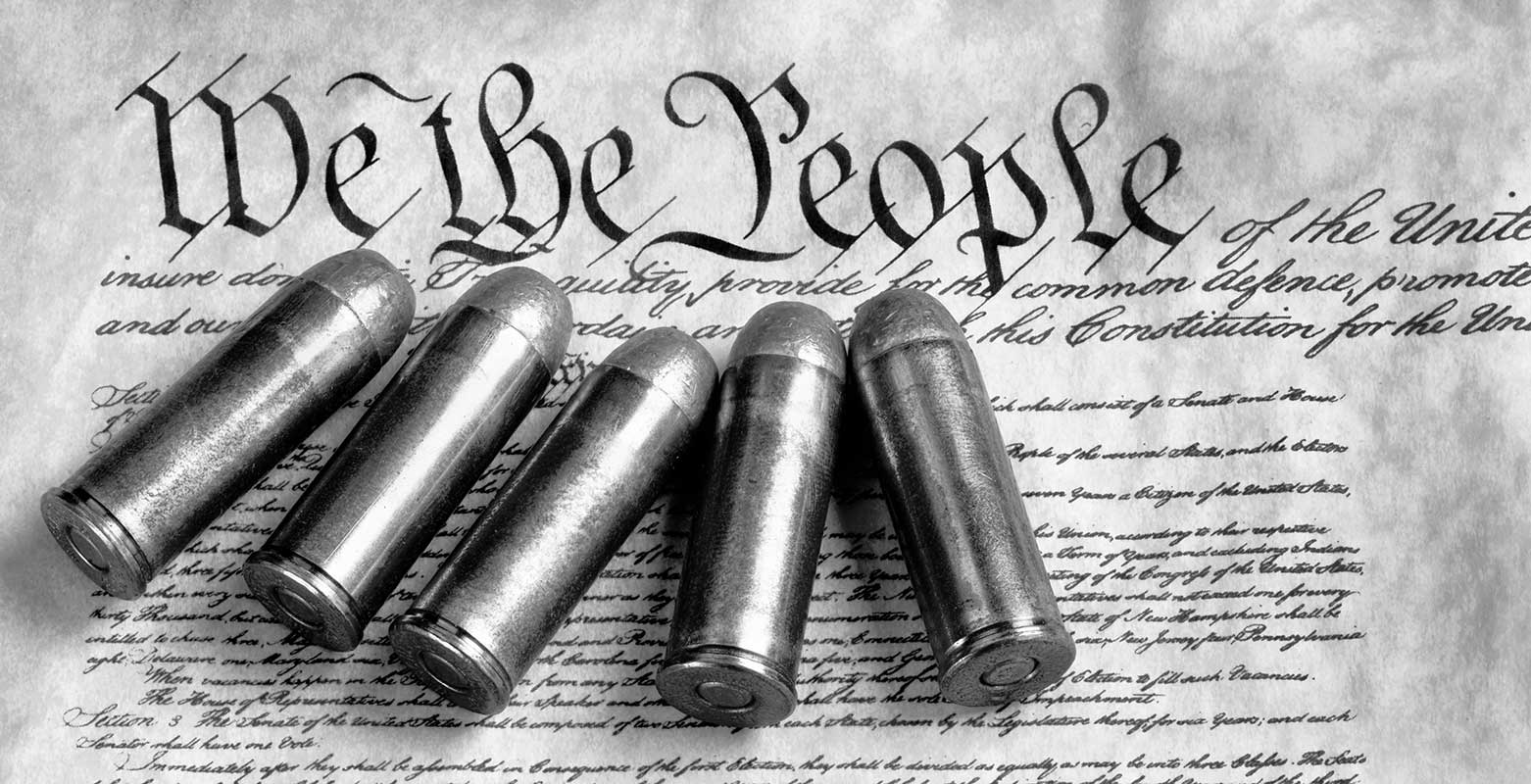In 2022, the United States Supreme Court upended how courts interpret and consider the constitutionality of firearms laws in New York State Rifle & Pistol Ass’n. Inc. v. Bruen. The test established in Bruen asks whether “a firearm regulation is consistent with this Nation’s historical tradition of firearm regulation.” If the answer is yes, then the regulation is constitutional. If the answer is no, the regulation is unconstitutional—regardless of whether “the regulation promotes an important interest.”
Subsequent to Bruen, courts have struggled with how to apply Bruen to the numerous laws and regulations addressing firearms. Particularly, courts struggled with determining when the historical tradition began and what could be considered part of that tradition. Bruen strongly suggested that this required a sufficiently similar law from the 1780s and 1790s—the Founding era when the Constitution was adopted and the Second Amendment was ratified. The problem that Courts struggled with is that most of the modern firearms laws are products of the 20th century—many of them being enacted in the 1930s or more recently.
One of the most prominent examples of this is how Courts have applied Bruen to 18 U.S.C. § 922, which criminalizes a number of acts concerning firearms, and particularly § 922(g), which criminalizes 9 of the more common firearms offenses—including banning possession of a firearm by felons, illegal aliens, persons subject to a domestic violence restraining order, or anyone convicted of misdemeanor domestic violence.
In 2024, the Supreme Court clarified Bruen somewhat in United States v. Rahimi. The Fifth Circuit Court of Appeals had ruled that 922(g)(8), which criminalizes possession of a firearm by someone subject to a domestic violence restraining order, was unconstitutional because there was no support for such a law in the historical tradition. The Supreme Court reversed the Fifth Circuit, however, after explaining that Bruen does not require a historical twin—but a historical analogue. The Court held that 922(g)(8) had sufficiently similar analogues in surety laws and going armed laws that existed in the early United States. Surety laws were a form of “preventive justice” that could require a person to post a bond before going armed after a complaint was made and the person had an opportunity to challenge the complaint. Going armed laws restricted people from “riding or going armed, with dangerous or unusual weapons, to terrify the good people of the land” and carried punishments of forfeiture and imprisonment.
From these types of laws, the Supreme Court found that there was sufficient tradition to support § 922(g)(8). The Court held that like those laws, § 922(g)(8) required judicial determination that a person was dangerous—through the granting of a domestic violence restraining order—and that its disarmament was temporary—not permanent. This meant that “our tradition of firearms regulation allows the Government to disarm individuals who present a credible threat to the safety of others.”
During this same time, the Third Circuit Court of Appeals was considering Range v. Attorney General. In 1995, Bryant Range pleaded guilty to one count of making a false statement to obtain food stamps and was sentenced to 3 years probation—but could have been sentenced with up to 5-years imprisonment. This brought Range within the scope of § 922(g)(1), the felon in possession law, which bars anyone convicted of a crime punishable by more than 1 year in prison from owning a firearm.
In 2020, Range filed a lawsuit to have § 922(g)(1) declared unconstitutional as applied to him and sought an injunction to stop the law being applied to him so he could get a deer hunting rifle and a shotgun. At the district court, Range lost based on existing law. While Range’s appeal was pending, the Supreme Court issued its opinion in Bruen, and the Third Circuit sided with range after rehearing en banc based on Bruen. The Third Circuit held that Range was one of the people protected by the Second Amendment and that there was no historical tradition supporting depriving Range of his Second Amendment rights. Following Rahimi, however, the Supreme Court granted the United State’s petition for a writ of certiorari challenging the Third Circuit’s decision in Range and remanded for further consideration in light of Bruen.
In December 2024, the Third Circuit issued a new opinion after taking Rahimi into consideration and again sided with Range. In its new opinion, the Third Circuit reaffirmed its position that the Second Amendment provides felons with the same protection as everyone else because they are part of “the people.” The Court also held that, even taking into account Rahimi’s instruction that a historical analogue is sufficient to demonstrate a historical tradition, there was no historical basis for depriving Range of his right to own a firearm based on his false statements conviction. As the Court explained, Rahimi allowed temporary disarmament of physically dangerous people, but that situation does not apply to Range who lacked any violent criminal history. The Court rejected the United States’ arguments that founding era laws provided a sufficient analogue for permanently disarming Range.
This places the Third Circuit at odds most of the Federal Circuit Courts who have addressed the constitutionality of § 922(g)(1) and 922(g) in general. But the Third Circuit itself noted the narrowness of its decision. This concerned an as-applied challenge that only concerned Range specifically—not the constitutionality of § 922(g)(1) generally. This decision provides important reasoning for other people challenging § 922(g), but is also highly distinguishable because Range challenged § 922(g)(1) prospectively—he wanted to buy a firearm and couldn’t do so legally. This is almost certainly going to be seen very differently from someone has illegally possessed a firearm before being caught and charged with violating a § 922(g) provision.

